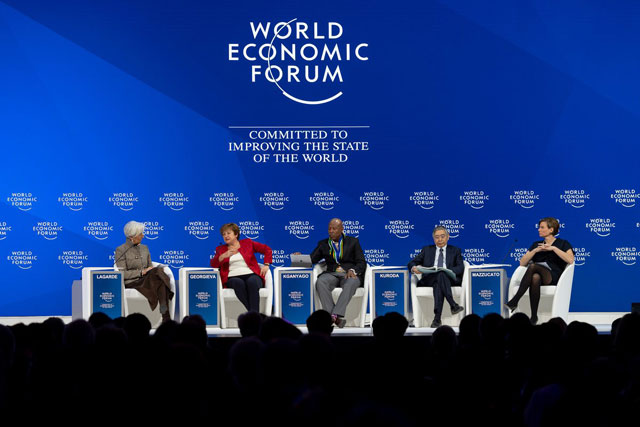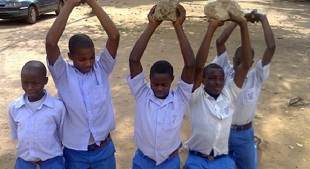
Focus on productivity-linked indicators such as child survival, stunting, learning-adjusted years of school
COMMENT | Kristalina Georgieva | Project Syndicate | For 75 years, the World Bank has been at the forefront of development, helping countries make smart investments to prepare their citizens for the future. It has been particularly focused on the poorest and most vulnerable – their access to infrastructure, health, education, assets, jobs, and markets. In recent years, it has embraced policies and investment in areas critical for the world’s future, such as combating climate change and making technology work for the poor.
Everywhere I travel – from Rwanda to Zambia, or from Indonesia to my home country, Bulgaria – I see the difference that technology can make in people’s lives. The impact is apparent in a multitude of ways, such as digital payment systems or the emerging gig economy, leading to remarkable success stories.
But just as technology is improving the lives of millions around the world, it is also changing the nature of work. Our 2019 World Development Report focused on how innovation is changing or doing away with existing jobs and launching entirely new fields of employment that didn’t exist a few years ago.
This raises some difficult questions: What jobs are people going to do? How will they support their families? How will they fulfill their potential in an increasingly complex world?
We have powerful new tools to help developing countries answer those questions. At the World Bank Group-IMF Annual Meetings in Bali in October, 2018, we launched the Human Capital Index. Initially covering 157 countries, the Index is a summary measure of the human capital that a child born today can expect to attain by age 18, given the risks of poor health and education where he or she lives.
The Index focuses on outcomes in three key areas. First, survival: What is the probability that a child born today will survive to age five? Second, health: Will children be stunted before age five? Will they be healthy into adulthood, ready for work, with a foundation for lifelong learning? And third, education: How much schooling will children complete, and more importantly, how much will they learn?
The Human Capital Index is unique because it focuses on productivity-linked indicators such as child survival, stunting, learning-adjusted years of school, and adult survival, and it draws a direct line between future economic growth and better health and education outcomes. Above all, it paints a clear picture for leaders of how much more productive their workers could be when they are healthy, educated, and equipped with the skills needed for a rapidly changing labor market.
A country can score between 0 and 1 on the index, with 1 representing the best possible frontier of complete education and full health. In our first index, the average value for the world was just 0.56. This means that, across the 157 countries covered, children born today will grow up to be roughly half as productive as they could be.
The implications for growth – and therefore poverty reduction – are enormous. If a country has a score of 0.50, its future GDP per worker could be twice as high if that country reached the frontier. Over a half-century, this works out to 1.4 percentage points of GDP growth every year.
Investing in people is even more urgent because of two challenging global trends. First, global growth is slowing. Our Global Economic Prospects report, released earlier this month, is appropriately titled Darkening Skies. Global growth has moderated – in 2019, it is expected to slow to 2.9%, from 3% in 2018. And growth in emerging markets and developing economies is expected to stall at 4.2%, the same pace as in 2018.
Second, the pace of poverty reduction is slowing. Our Poverty and Shared Prosperity report found that in 2015, the most recent year with robust data, extreme poverty reached 10%, the lowest level in recorded history. But the 736 million people still living in extreme poverty will be harder to reach. The poverty rate in areas suffering from fragility, conflict, and violence climbed to 36% in 2015, up from a low of 34.4% in 2011, and that share will likely increase.
Investment in human capital can help drive inclusive, sustainable economic growth. But this is not just the domain of health and education ministers. Heads of state, finance ministers, CEOs, and investors need to make these investments an urgent priority.
If we act now, we can create a world where all children arrive at school well-nourished and ready to learn; where they can grow up to be healthy, skilled, productive adults; and where they have a chance to fulfil their potential.
The children of today deserve this future. The employers of tomorrow will demand it. The leaders of the world owe it to them to act now.
****
Kristalina Georgieva is Chief Executive Officer of the World Bank.
Copyright: Project Syndicate, 2019.
 The Independent Uganda: You get the Truth we Pay the Price
The Independent Uganda: You get the Truth we Pay the Price



